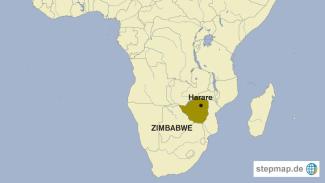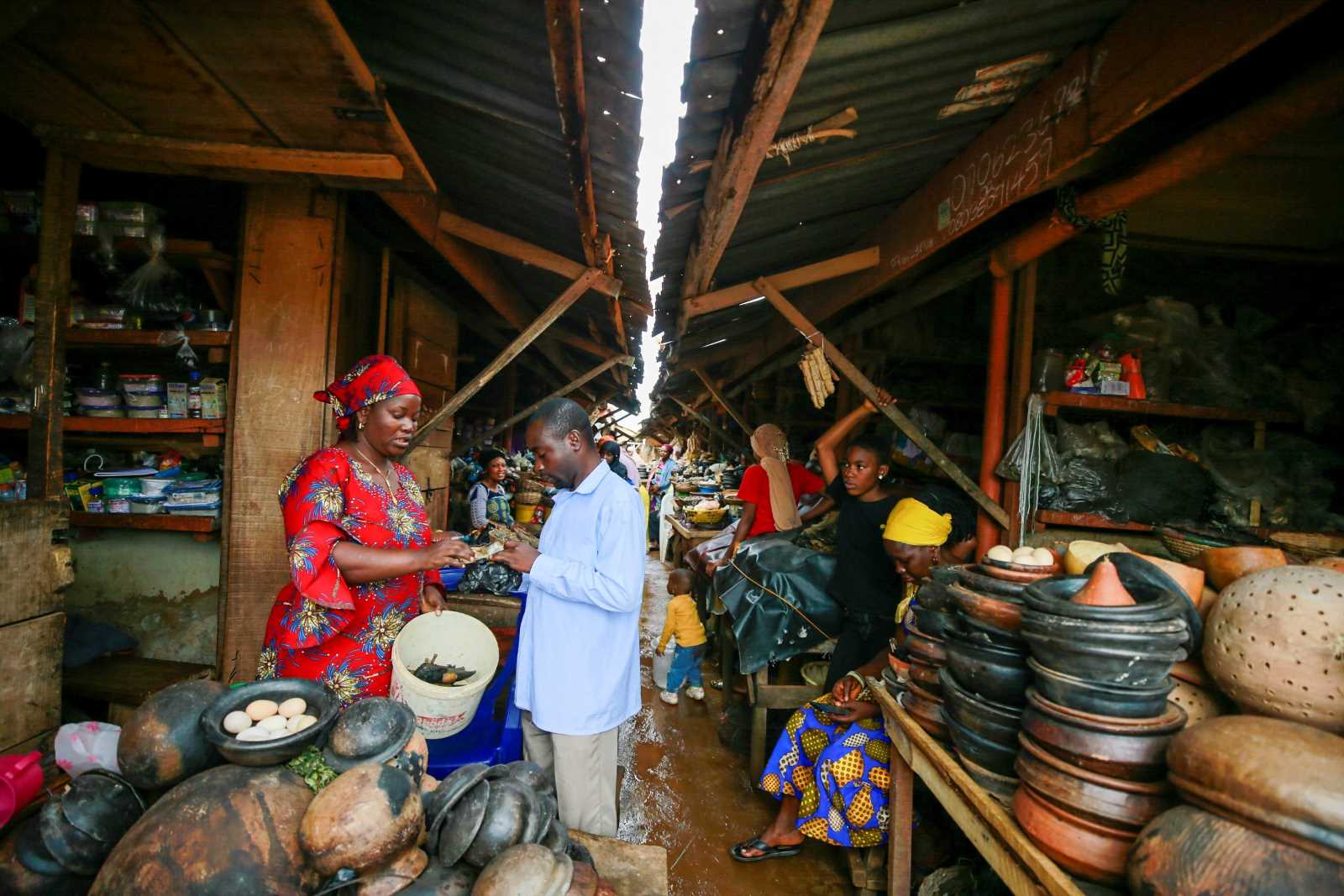Marginalisation
Stranded in the slums

Normal 0 21 false false false EN-US X-NONE X-NONE /* Style Definitions */ table.MsoNormalTable {mso-style-name:"Normale Tabelle"; mso-tstyle-rowband-size:0; mso-tstyle-colband-size:0; mso-style-noshow:yes; mso-style-priority:99; mso-style-parent:""; mso-padding-alt:0cm 5.4pt 0cm 5.4pt; mso-para-margin-top:0cm; mso-para-margin-right:0cm; mso-para-margin-bottom:8.0pt; mso-para-margin-left:0cm; line-height:107%; mso-pagination:widow-orphan; font-size:11.0pt; font-family:"Calibri",sans-serif; mso-ascii-font-family:Calibri; mso-ascii-theme-font:minor-latin; mso-hansi-font-family:Calibri; mso-hansi-theme-font:minor-latin; mso-ansi-language:EN-US; mso-fareast-language:EN-US;} An estimated one in four of the country’s urban population, or about 1.25 million people, live in slums, according to 2014 United Nations data. And their numbers are growing. The World Bank estimates that Zimbabwe’s urban population, currently numbering about 5 million people, is increasing by two percent each year.
Living conditions in the country’s so-called informal settlements are horrendous. Many of the dwellings are built entirely of woven grass. In some settlements, such as Caledonia outside the capital Harare, huts are typically made of ageing and rusty metal sheets.
One of the residents of that district, 26-year old Saliwe Chirumanzi, lives with her two children in a metal shack whose roof leaks when it rains. “My husband went to South Africa in 2017 and never returned, leaving us in this shack,” she says. “I can’t move from here because I cannot afford to pay rent anywhere.”
Her neighbours, a family of nine, occupy a two-room grass hut. “We are sheltering our relatives whose shack was destroyed by fire two months ago,” says 22-year old Mavis Chiwoko, one of the family members.
Despite such conditions, new arrivals stream into informal settlements every day. “People move from remote rural areas to urban areas in search of jobs and better living conditions,” says Zisunko Ndlovu, an independent development expert.
Zimbabwe’s rural-to-urban migration gained momentum in 2000 at a time of violent seizures of white-owned farms. The Zimbabwe Commercial Farmers Union says that about 30,000 farm workers lost their jobs following the country’s land reform program. Many of them streamed to cities in search of work. Others crossed to neighbouring countries, including South Africa, for the same reason.
In 2005, Zimbabwe’s government reacted to the growing urban squalor by destroying tens of thousands of illegal slum dwellings. That campaign left over 700,000 people homeless, according to the UN.
In the short term, the slum-clearance campaign sent many slum-dwellers back to rural areas. But with few work opportunities in the countryside, they eventually returned to the cities.
Growing overcrowding and the absence of running water, sewerage and electricity service are causing a public health crisis. The slums are seeing heightened rates of infectious diseases including tuberculosis, hepatitis and typhoid.
Meanwhile, little is being done to improve conditions in the slums. Zimbabwe has a housing shortfall of 1.3 million housing units, according to the Ministry of National Housing. Harare alone needs 500,000 homes.
The large shortfall reflects decades of neglect. During the administration of former President Robert Mugabe, most of the national budget went towards paying civil servants’ salaries. That left little capital to build homes and convert fetid slums into habitable spaces.
Jeffrey Moyo is a journalist based in Harare.
moyojeffrey@gmail.com














